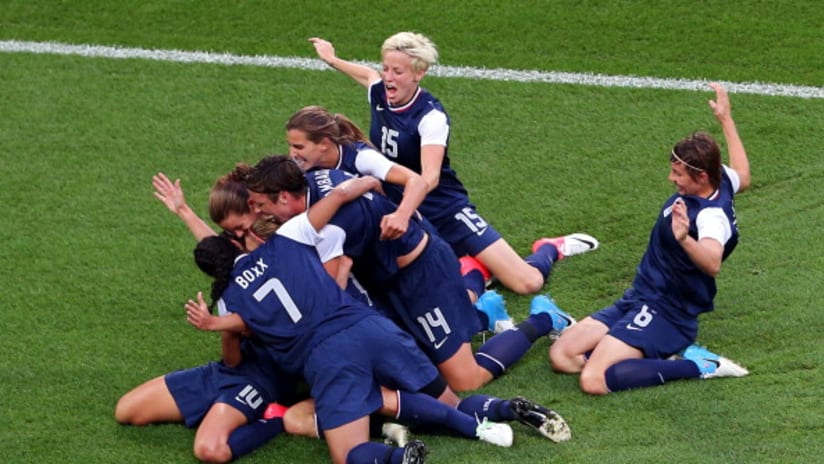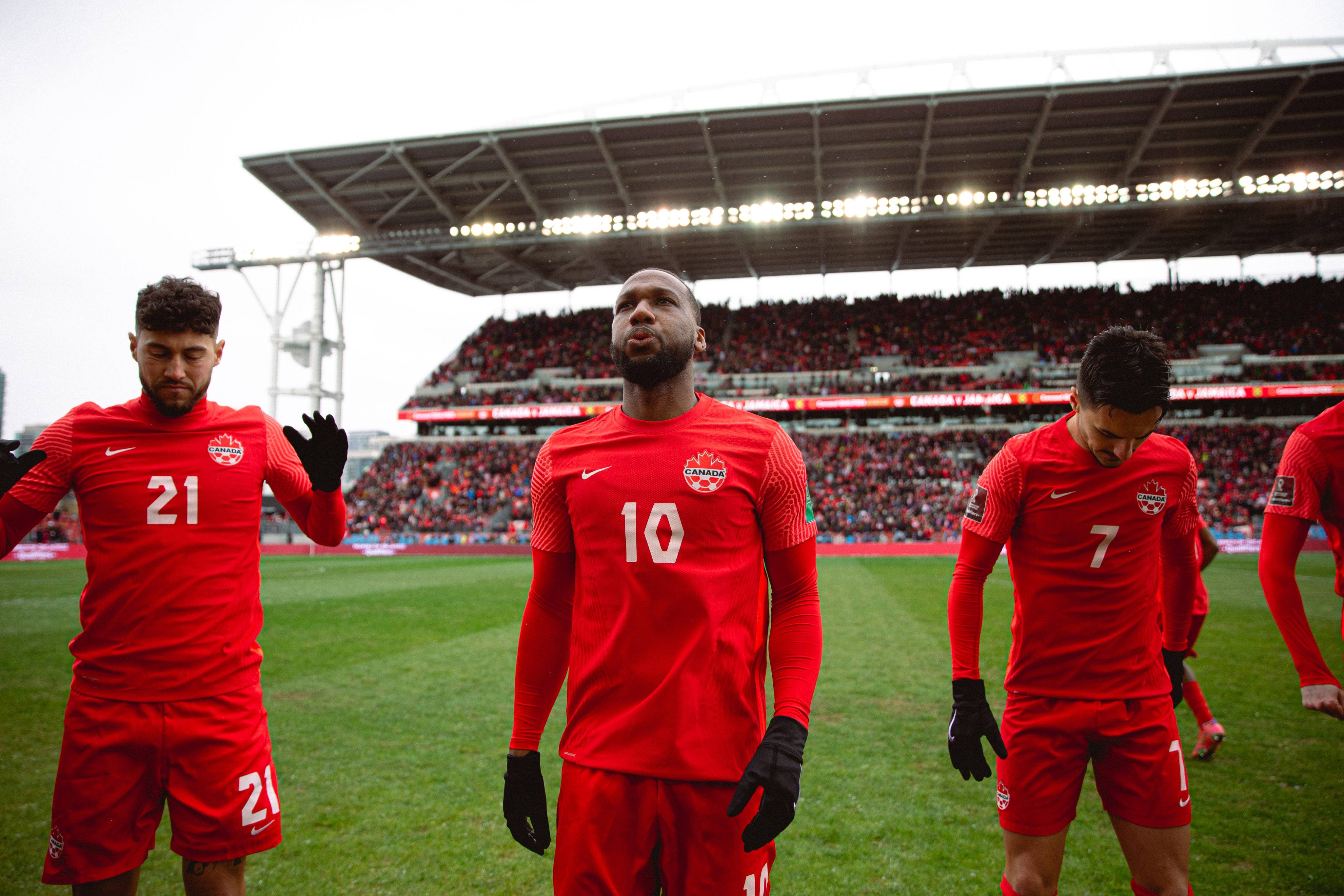
If you've been following the development of soccer in the United States for any length of time, you've no doubt read about Fred Oliver. This player, a native of Pawtucket, Rhode Island, played centerback, defender, and forward for the Pawtucket Free Wanderers. The early American soccer history of the United States is unique in that African Americans played in a senior league for the first time. His career began in a bolt factory, but he was a star for the team's name, which earned him a spot in the first edition of the World Cup.
African Americans have participated in senior leagues
The United States has a long and rich soccer history. However, little is known about this. This history is not documented by the leagues. To find these stories, sports historian societies are formed. The Society for American Soccer History published recently a report on the first African American soccer player. The report, Fred Watson and Oliver Watson, details the history of the United States' first known African-American soccer players.

Even though the game is getting more diverse, there's still a significant problem with the executive positions. Only 1.6% are black soccer executives. Burton Albion, Salford City and Salford City are the only Black owners of professional soccer teams. These clubs are low-profile English third tier and fourth tier clubs. This is partly why there aren't many Black coaches and managers. Nonetheless, the Society is attempting to change this by providing a platform for African American players.
The NASL declined in the 1980s
As the early 1980s approached, the NASL struggled to remain competitive. The league suffered from overexpansion, as well as disputes with its members' union. At the same, unemployment was at 10.8%, its highest level since World War II. As owners attempted to reduce costs, it was clear that the league was losing cash. In 1982, the league was on the brink of collapse.
The financial difficulties of the league began to impact clubs. In 1977, only 18 teams were in the league and over 70% of its budget was spent on salaries. Many owners decided to keep six teams, despite the NASL's inability to finance them. By 1978, the league had 24 teams, but that was not enough to keep up with the growth of the league.
The U.S. was proud to host the 1986 World Cup.
Although the U.S. didn't win, it was a clear sign of its success from the beginning. The attendance was greater than at any other time in U.S. Soccer history. In the opening round, the U.S. defeated Yugoslavia 4-2 in front of 97,451 fans at the Rose Bowl. Next, Brazil defeated Italy by 2-1 at Stanford in the semis.

Based on their performance at the qualifying stage, the United States qualified for World Cup. After a slow qualifying stage, Jurgen Klonsmann was fired and Bruce Arena, who had won three of the eight qualifiers, was hired again. Sunil Gulati the president, U.S.Soccer, stated that the U.S. wanted to achieve the qualification campaign.